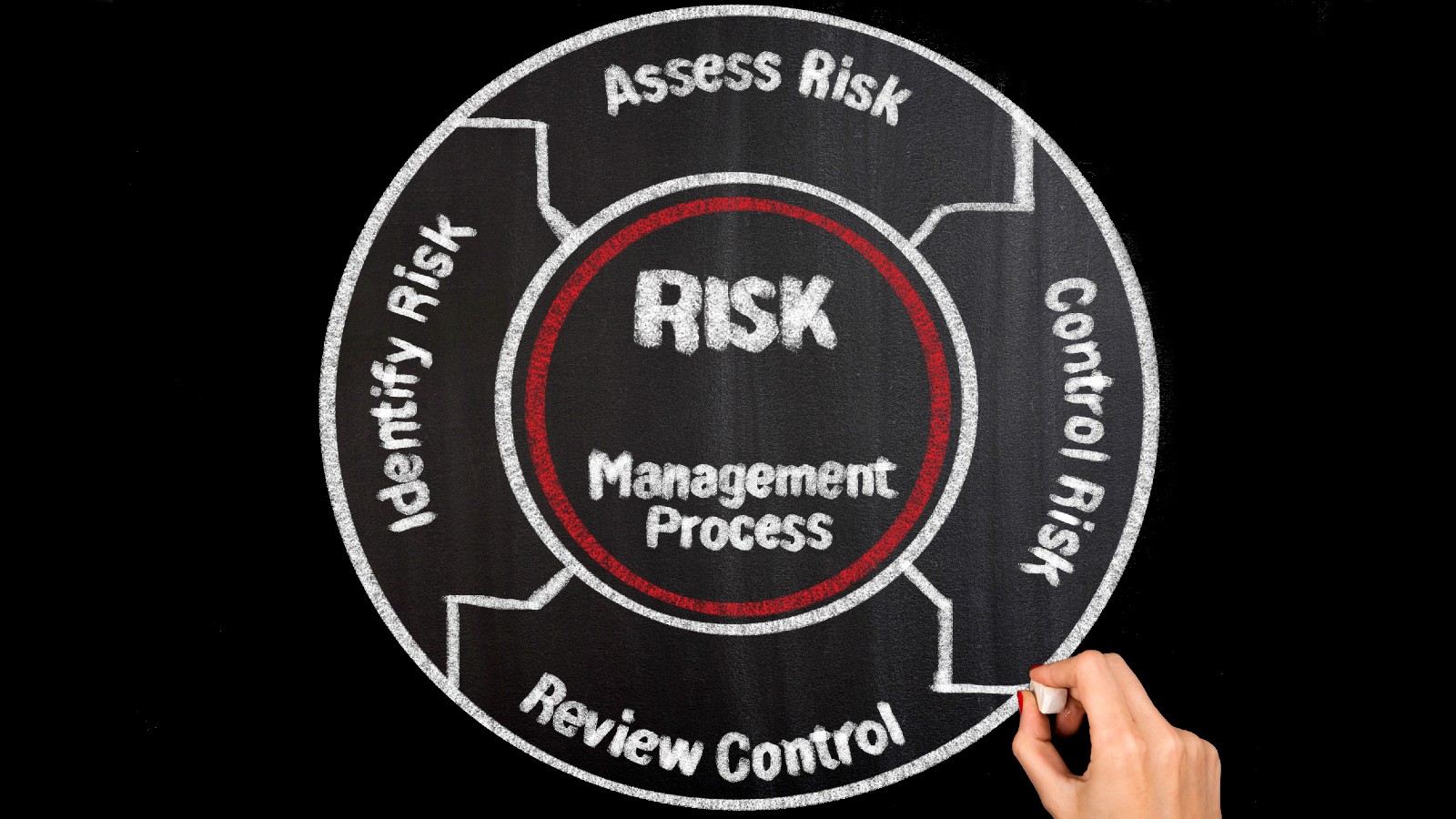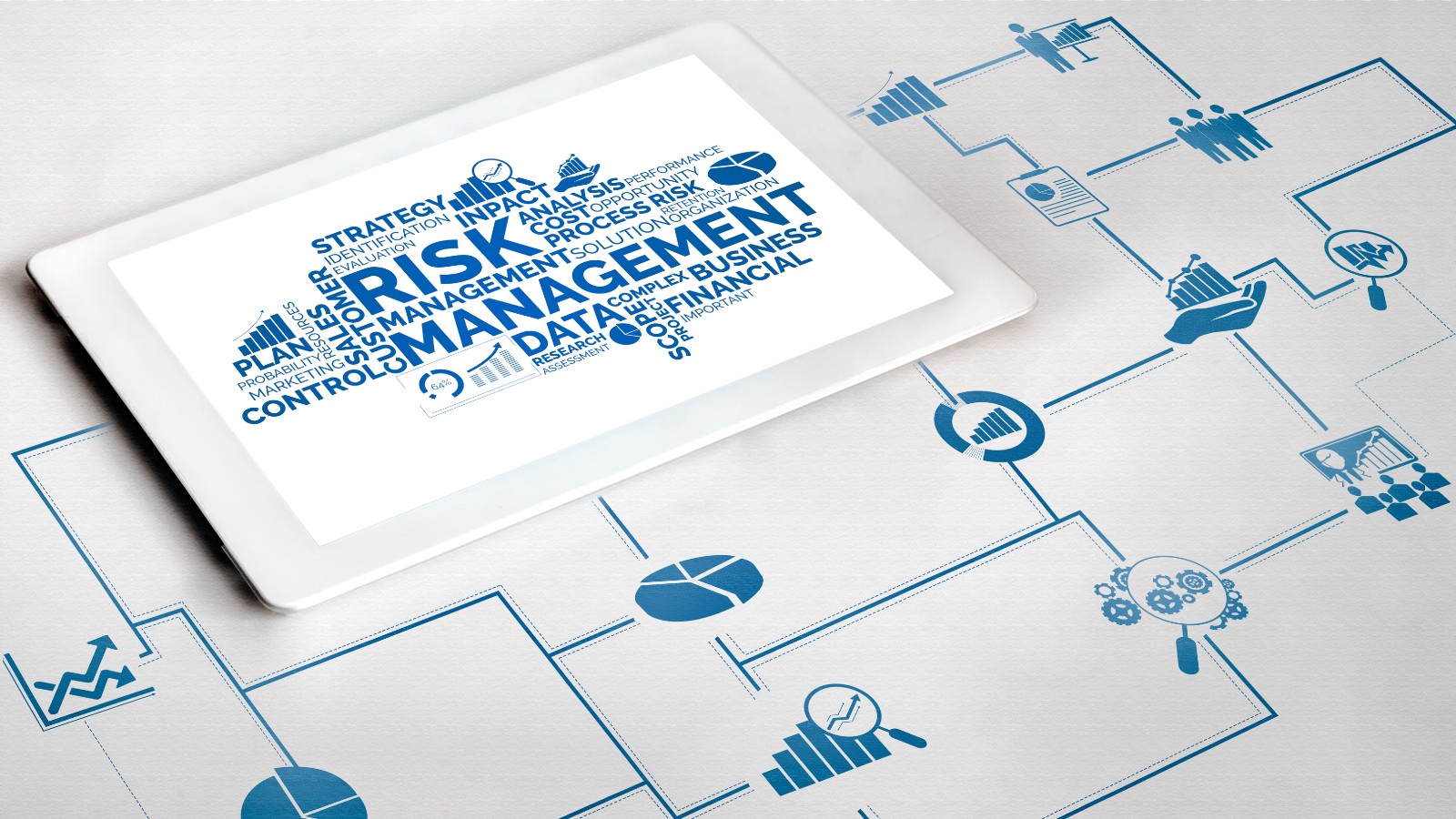The awareness of workplace hazards and risks is an important element to any employee. If you work for a larger business as an employee the more obvious areas of concern will probably have been identified by management and/or industry advisory bodies and these will be documented in your workplace health and safety policy or other documentation.
It is your responsibility as an employee to be familiar with these hazards, follow any guidelines, and report issues promptly. If you operate a small business or are a sole trader then it is your responsibility to be familiar with potential hazards and the likelihood of them occurring (risk factor), document them and take action to mitigate the risks.
What is the difference between Hazards and Risks?
-
A Hazard is something that can cause you harm, for example, electricity, equipment or a particular exercise regime.
-
A Risk is the likelihood of that hazard occurring and also the level of severity of harm that it may actually cause.
Employers and Employees both have legal responsibilities as per Workplace Health and Safety legislation. Each state / territory administers their own Workplace Health and Safety Act (although many states have now aligned the conents of these individual pieces of legislation).
Acts will often refer to the phrase "duty of care". This is the care owed by one person to another.
In relation to hazards and risks in the workplace, a duty of care helps to ensure that hazards are identified, assessed, controlled (hierarchy of control = elimination, substitution, engineering, administration or personal protective equipment), and the process reviewed regularly by applicable parties to reduce incidents.
An employer must do the following:
-
Provide a safe working environment for employees.
-
Provide safe systems of work and safety procedures.
-
Machinery, plant and equipment need to be maintained in a safe condition.
-
Substances used in the workplace need to be stored and used according to manufacturer instruction.
-
Provide information, instruction, supervision and training to ensure each employee is safe from injury and risks to health.
An employee must do the following:
-
Take reasonable care for their own health and safety, for example, use personal protective equipment if provided.
-
Take reasonable care for the health and safety of others.
-
Comply with any reasonable instructions, policies and procedures provided by the employer, business or WHS representative.
-
Report any unsafe practices or equipment.
Each State and Territory has their own Workplace Health and Safety authority/regulators, they are responsible for administering WHS legislation and regulations in their juristriction. Information on each of these different authorities has been compilied by Safe Work Australia and can be accessed here.
From an Industry Association perspective, Fitness Australia in conjunction with Sports Medicine Australia and various professional contributors have developed The Australian Fitness Industry Risk Management Manual which helps fitness facility operators, fitness professionals and fitness service users to navigate their legal risk management and risk management obligations.

Effective risk management involves four steps which must be documented within policies and procedures and also followed by all personnel.
-
Identify Hazards and Risks - Find out what could cause harm.
-
Assess Risks - Understand the likelihood of a hazard causing harm and how serious it could be.
-
Control Risks - Implement the most effective control measure that is reasonably practicable in the circumstances.
-
Review Control Measures - Set up a regular schedule of review to ensure the most effective control measure is being used and also that it is working as planned.

